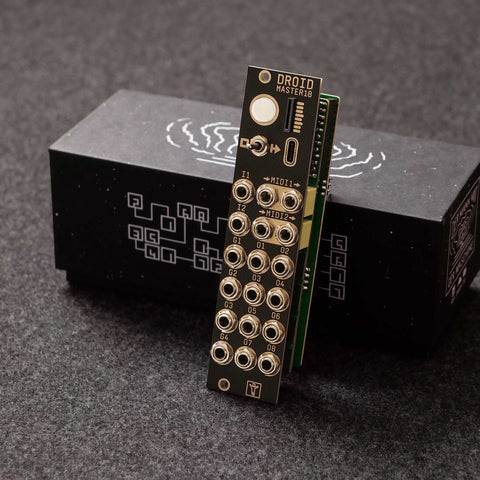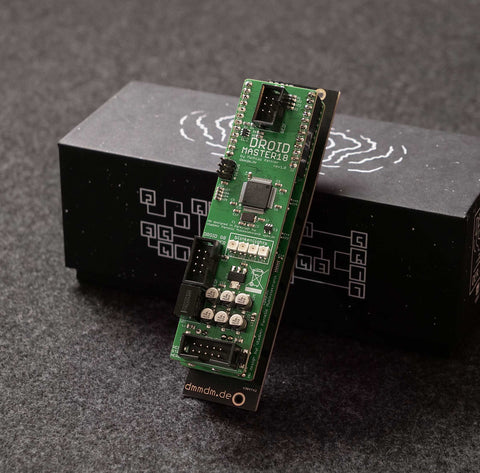


DROID MASTER18
DROID MASTER18 - Compact Universal CV Processor with MIDI/USB
The MASTER18 is a very flexible generic CV processor.
You can think of the MASTER18 as a smaller and cheaper version of the DROID MASTER without CV inputs and LEDs, but with an integrated USB and MIDI, six additional gate jacks, two of which are inputs and four are outputs.
Details:
- It has 8 CV output jacks with a voltage range from -10 V to +10 V, driven by highly accurate low jitter 16 bit DA converters,
- 2 gate inputs switching at 0.1 V
- 4 gate ouputs switching between 0 V and 5 V
- 2 MIDI interfaces via MIDI standard B (mini jack)
- MicroSD card reader and a button for reloading the MicroSD card
- USB C to access the SD card from your computer or to send/receive MIDI
MASTER18 comes with two interesting bonus features:
- It can be connected to the Sinfonion as a follower of the Harmonic Sync.
- It has an integrated tuning device for VCOs (can measure their frequency).
The MASTER18 is a good choice if you intend to just create CVs and don't need to process incoming CVs. It’s perfect for building sequencers and MIDI to CV converters.
MASTER18 can do almost any CV task you can imagine, such as sequencing, melody generation, slew limiting, quantizing, switching, mixing, working on clocks and triggers, creating envelopes and LFO or other fancy voltages, or any combination of these at the same time. While doing this, is very precise both in voltage and in timing.
You can attach several different DROID controller modules, such as the E4, the P2B8, the P10, the B32, the P4B2 or the M4 in order to get direct hands on access to all parameters and values of these patches.
Easily create your desired DROID patch utilizing our simple and easy-to-use editor with built in tutorials - the DROID Forge. It is available for Windows and Mac (both Apple Silicon and Intel).
The file created with the DROID Forge is a simple text file named "droid.ini" and needs to be loaded on the micro SD card that goes into the MASTER18.
Hint: If you'd rather use a simple text editor to alter the "droid.ini" pick one you like and go for it.
The building blocks of a DROID patch are called circuits. Every type of circuit performs some basic task. Just like a Eurorack module each ciruit has inputs and outputs. You can wire these either directly to the eight inputs and/or outputs and even connect them internally. Every parameter can be CV controlled. You can attach up to 16 controllers to your DROID. Controllers have faders, buttons and potentiometers and allow you to map assign to any parameter or function you like. This gives you direct control over your DROID patch and allows you to create you own instrument.
Here are a few examples of what your DROID can be for you. As long as you don't run out of inputs and outputs or RAM you can use as many of these functions (and/or multiple instances of them) at the same time in one DROID. Some of the magic lies in connecting them internally to create more complex CVs.
- Envelope generator
- Melody sequencer
- Trigger sequencer
- Random / Pseudo random melody or trigger generator
- Precision adder
- Slew limiter
- Clock divider and multiplier
- Logic gate
- CV looper
- Sample and hold
- Euclidean rhythms generator
- Quantizer
- Addressable and clockable CV switch
- CV mixing and routing matrix
- LFO
- Bernoulli gate
- Mathematical operator
- ... and many many more
You can use these circuits either directly - just like normal Eurorack modules - or combine them internally in order to implement more complex functions. Then you can assign pots and buttons of your controllers for switching, tuning and live performing with these. Basically you can transform your Eurorack modular system into your own custom instrument. Or you simply use the DROID as a replacement for several utility modules, because it is very space efficient.
Expanders:
- The E4 is a controller with 4encoder with push functionality (button inside) - visual feedback though customizable LED square.
- The P2B8 is a controller with two pots and eight buttons - for free assigment. You can attach up to 16 of these to one Master.
- The P4B2 is a controller with four pots and eight buttons.
- The B32 is a controller with 32 buttons.
- The P10 is a controller with two large and 8 small pots.
- The M4 is a controller with 4 motorized faders.
- The G8 is an expander with 8 additional gate inputs / outputs.
- The X7 gives full MIDI connectivity via DIN and USB, also remote access to the SD card
- Further expanders are under development
